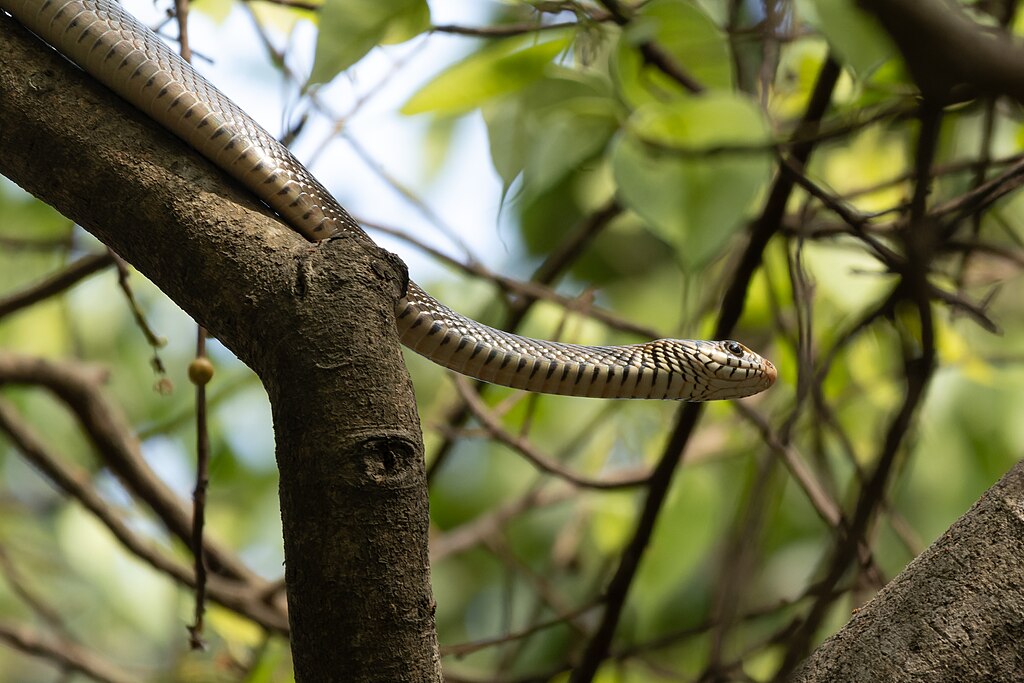The enigmatic world of snake consciousness has long fascinated both scientists and reptile enthusiasts. As humans, we spend roughly a third of our lives asleep, with dreams coloring our nights with vivid imagery and emotions. But what about the cold-blooded creatures that slither through our world? Do snakes, with their alien physiology and primitive brains, experience something akin to dreams during their rest periods? This question touches on fundamental aspects of animal consciousness, sleep evolution, and the surprising complexity of reptilian brains. Recent scientific advances have begun to shed light on this mysterious aspect of snake biology, revealing that the answer may be more complex and fascinating than we ever imagined.
The Fundamentals of Sleep Across Species
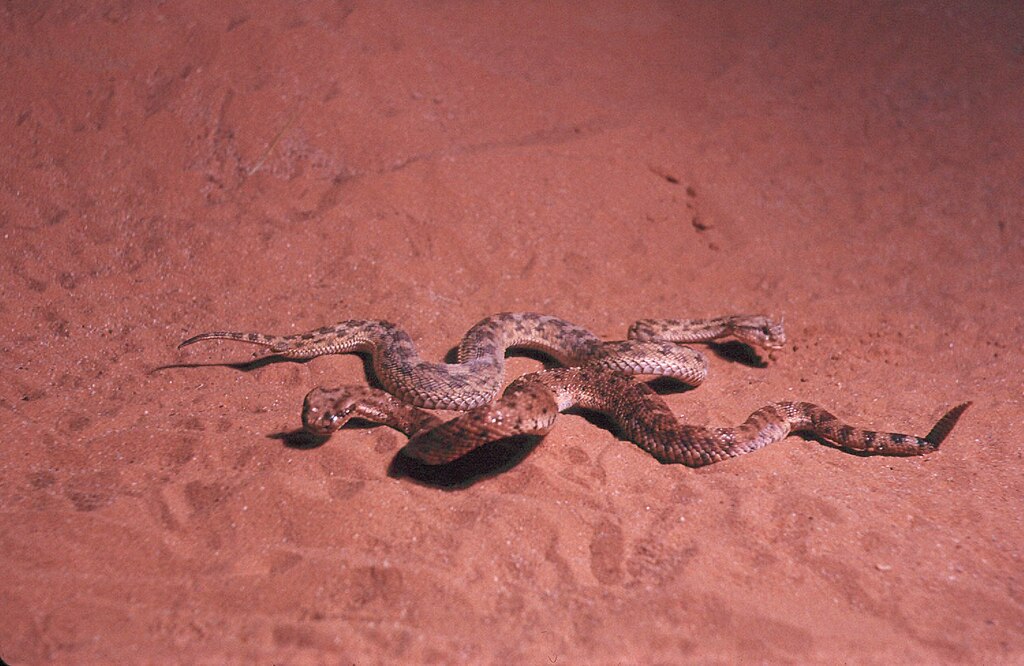
Sleep is not a uniquely human phenomenon but rather a biological necessity observed across the animal kingdom. From mammals to birds, fish, and even some invertebrates, most animals exhibit some form of rest or sleep-like state. The scientific definition of sleep typically involves behavioral criteria such as reduced movement, decreased responsiveness to stimuli, and adopting specific postures. In mammals and birds, sleep is additionally characterized by distinct brain wave patterns that can be measured through electroencephalography (EEG). These patterns include slow-wave sleep (deep sleep) and rapid eye movement (REM) sleep, the latter being strongly associated with dreaming in humans. Understanding these fundamentals provides essential context for examining whether snakes experience dream states comparable to those of mammals.
The Unique Nature of Snake Sleep
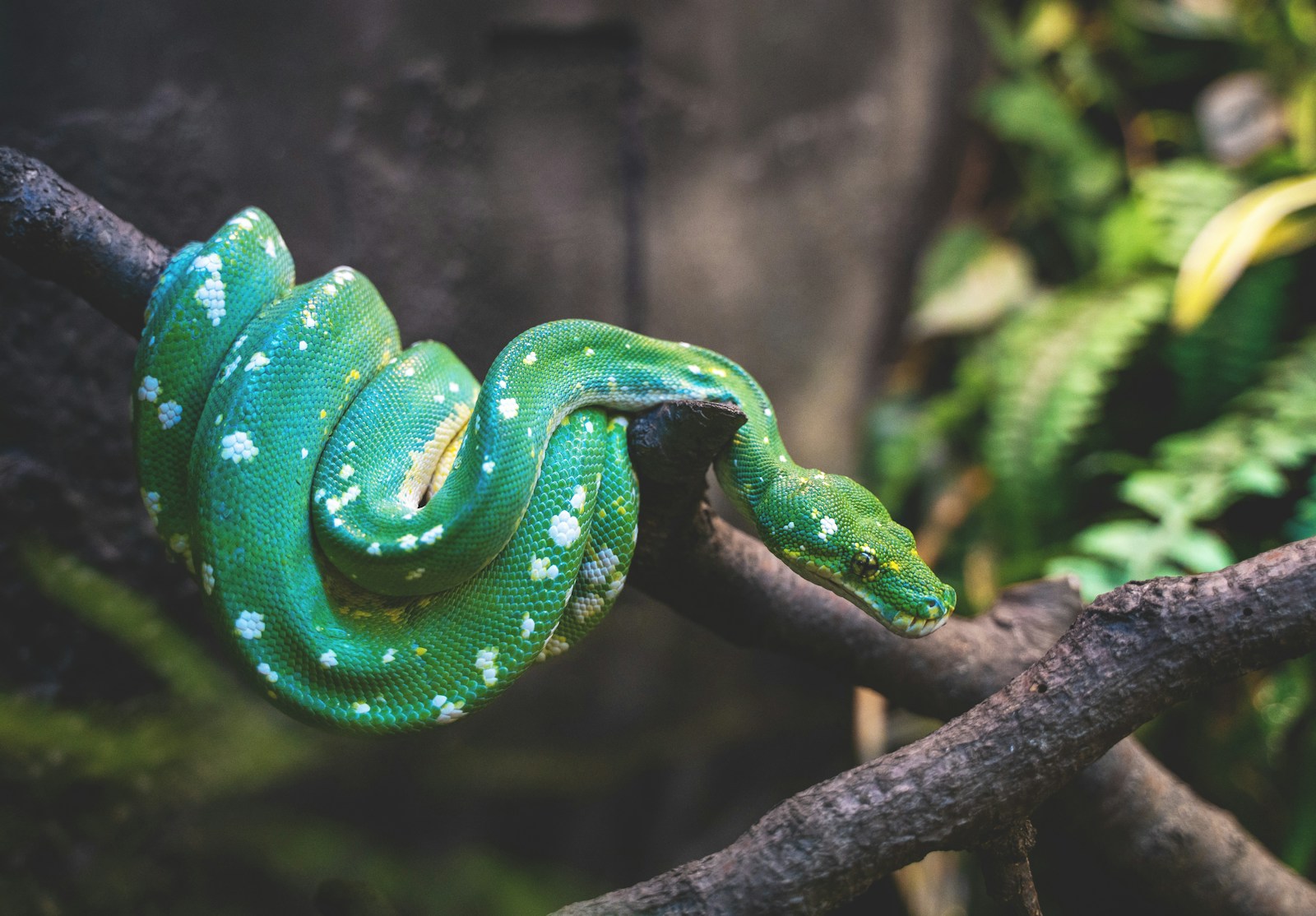
Snakes exhibit sleep behaviors that differ significantly from those of mammals. Unlike humans who close their eyelids when sleeping, snakes lack eyelids altogether and instead have a transparent scale called a spectacle that permanently covers and protects each eye. During rest periods, snakes typically become immobile, find a secure location, and may coil their bodies to conserve heat and protect vulnerable areas. Their breathing rate slows, and they become less responsive to non-threatening environmental stimuli. However, they remain somewhat alert to potential dangers, capable of rapidly transitioning from rest to full alertness if threatened. This vigilant rest state represents an evolutionary adaptation that balances the need for recovery with survival requirements in predator-rich environments.
Brain Architecture: Reptiles vs. Mammals
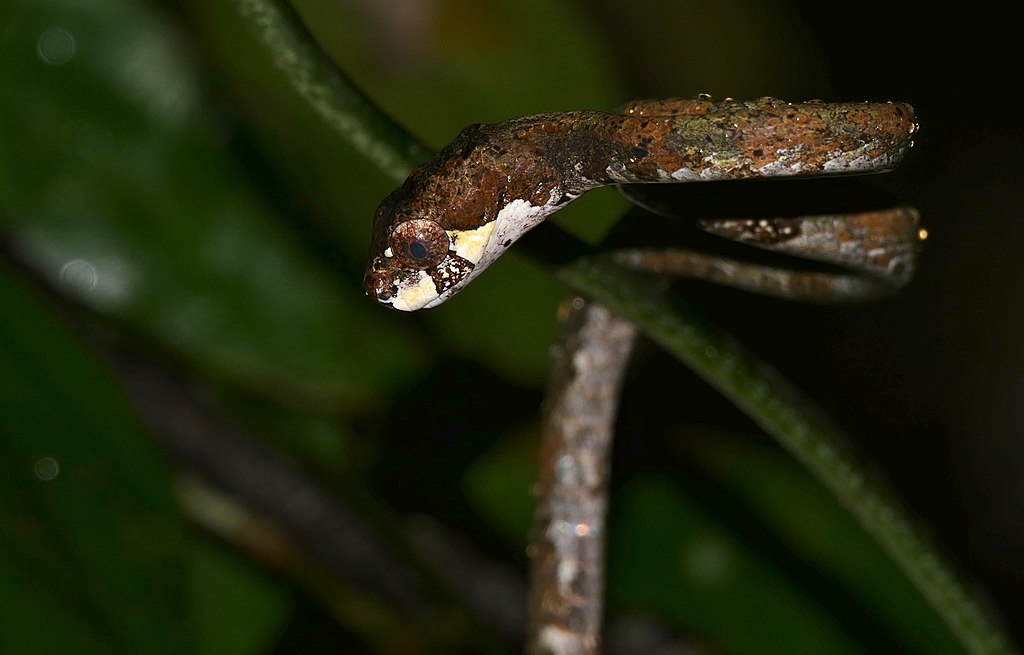
The neuroanatomical differences between reptilian and mammalian brains provide critical insights into the possibility of snake dreams. Mammals possess a neocortex—a complex, six-layered structure that supports higher cognitive functions including conscious awareness and dream generation during REM sleep. Snakes and other reptiles lack this neocortical structure, instead having a more primitive brain organization centered around the basal ganglia and what’s called the dorsal ventricular ridge (DVR). This fundamental architectural difference has historically led scientists to assume reptiles couldn’t experience dreams as mammals do. However, recent comparative neuroanatomy studies suggest that the reptilian DVR may perform some functions analogous to those of the mammalian neocortex, opening the possibility that reptilian sleep might include more complex neural processes than previously thought.
The Science of REM Sleep and Dreaming
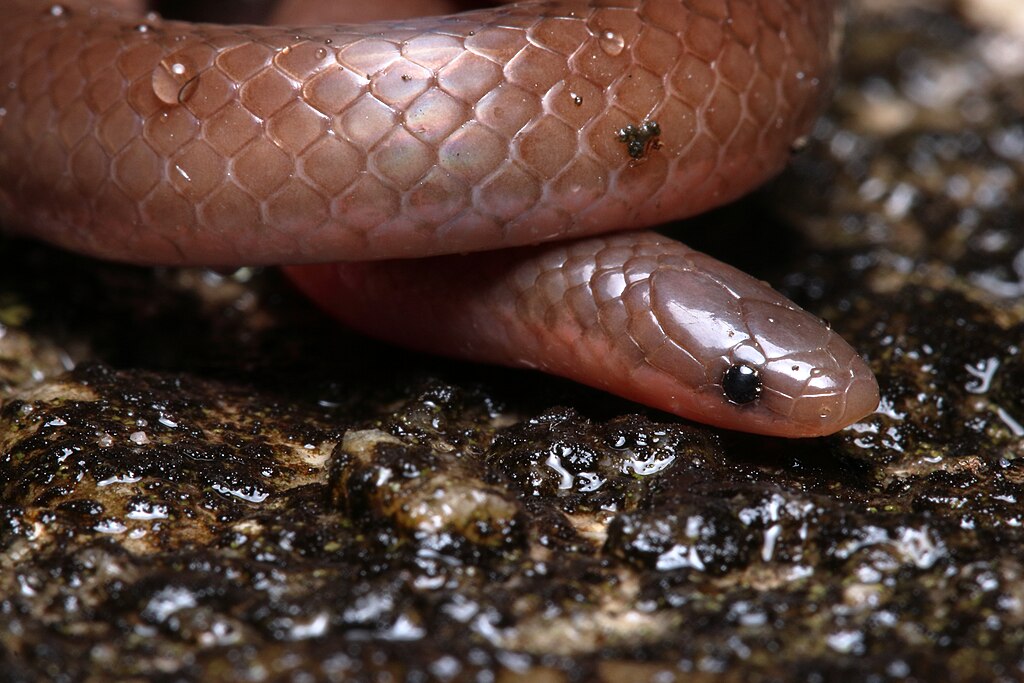
Rapid Eye Movement (REM) sleep, discovered in 1953, is strongly associated with dreaming in humans and has been documented in most mammals and some birds. During REM sleep, the brain becomes highly active while the body enters a state of temporary paralysis, and the eyes move rapidly beneath closed lids. This state produces brain wave patterns remarkably similar to those of wakefulness despite the person being deeply asleep. In humans, approximately 80% of dream recall occurs when awakened during REM sleep, establishing a strong correlation between this sleep phase and dream experiences. The presence or absence of REM-like states in reptiles, including snakes, therefore becomes a crucial question in determining their capacity for dream-like experiences.
Evolutionary Origins of Sleep and Dreams
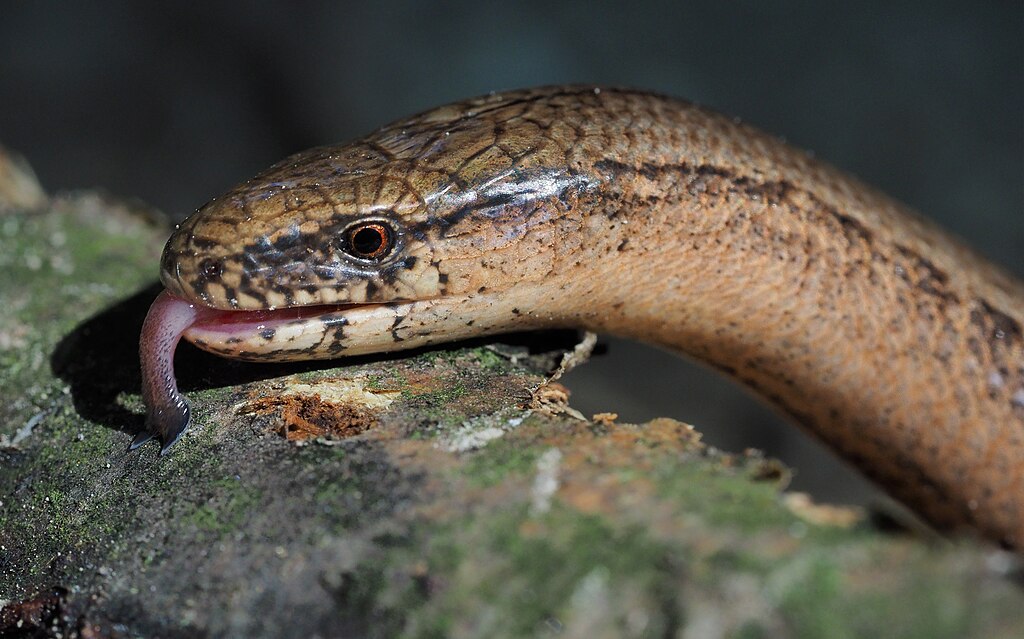
Sleep appears to have ancient evolutionary origins, dating back at least 450 million years based on evidence from primitive vertebrates. However, the evolution of distinct sleep states, particularly REM sleep, follows a more complex pattern. Mammals and birds demonstrate clear REM and non-REM sleep phases, suggesting their common ancestor may have possessed these sleep states roughly 300 million years ago. Interestingly, this ancestor predates the split between mammals and reptiles, raising the possibility that reptiles either lost REM sleep during evolution or retain some primitive version of it. Some evolutionary biologists propose that dreams evolved as a simulation mechanism, allowing animals to rehearse threats and responses during sleep—a potentially beneficial adaptation for all vertebrates, including snakes. This evolutionary perspective suggests that some form of dream-like neural activity might benefit snakes, even if it differs substantially from human dreaming.
Research Challenges in Studying Snake Sleep
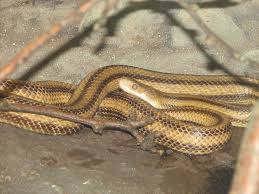
Investigating sleep in snakes presents unique methodological challenges that have slowed scientific progress in this area. Traditional sleep research relies heavily on EEG recordings, which typically require attaching electrodes to the scalp—a procedure complicated by snake anatomy and behavior. Additionally, snake behavior is notoriously difficult to interpret; without vocalizations, facial expressions, or easily observable body language, determining a snake’s internal state requires specialized observation protocols. Laboratory studies of snake sleep are further complicated by the stress response these animals may exhibit in artificial environments, potentially altering their natural sleep patterns. These challenges explain why much less is known about reptilian sleep compared to mammalian sleep, creating significant gaps in our understanding of whether snakes dream or experience something comparable.
What Science Has Discovered About Reptile Sleep
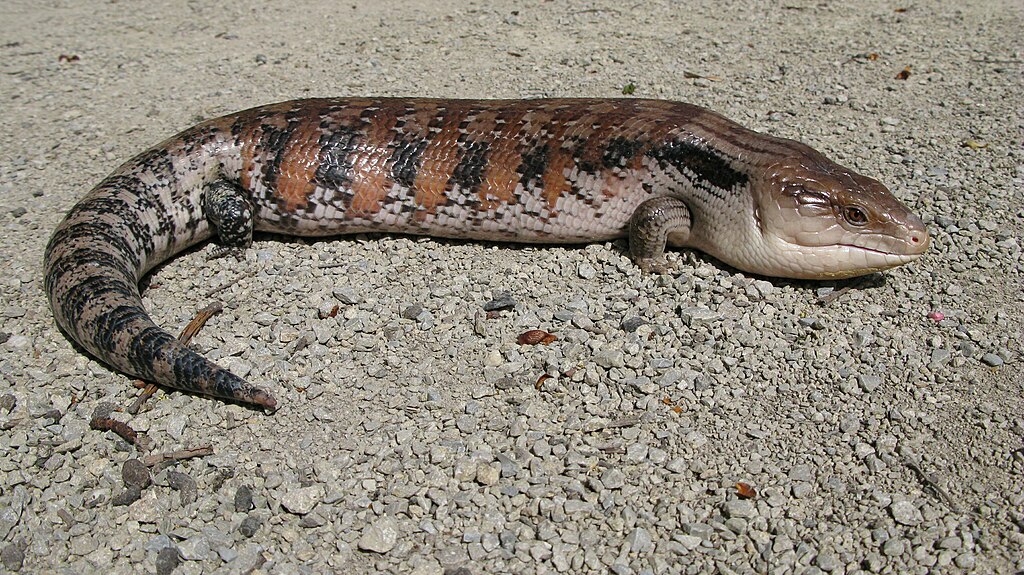
Despite research challenges, scientific investigations have yielded intriguing findings about reptilian sleep patterns. Studies using carefully implanted electrodes have documented distinct sleep states in several reptile species, including certain lizards and turtles. Some research has identified sleep states that share certain characteristics with mammalian slow-wave sleep, characterized by reduced brain activity and sensory responsiveness. More controversial are findings suggesting that some reptiles might experience brief periods of brain activity during sleep that share certain features with mammalian REM sleep, although these episodes typically last only a few seconds rather than the minutes observed in mammals. While these studies haven’t specifically focused on snakes, they provide comparative data suggesting that reptiles as a group may experience more complex sleep patterns than previously believed, potentially including primitive precursors to dream states.
Observed Behaviors During Snake Rest Periods
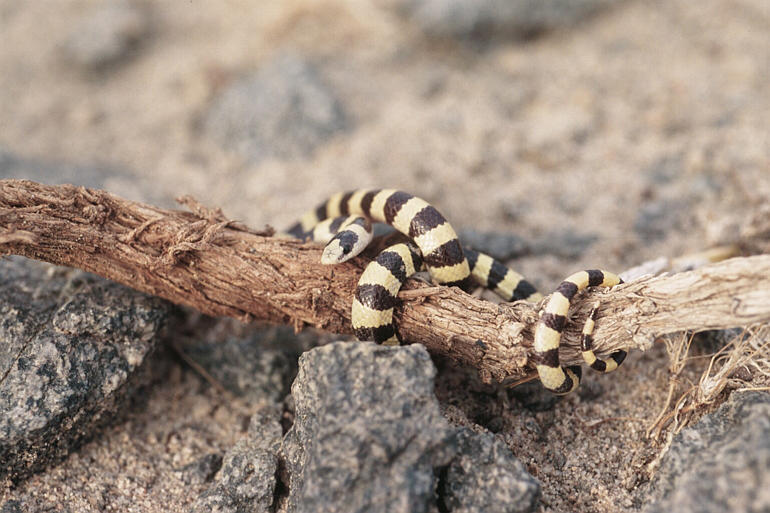
Careful observation of snakes during rest periods has revealed behaviors that might indicate dream-like states. Some snake owners and researchers have documented occasional muscle twitches, rapid tongue flicking, and even small body movements during what appears to be deep rest. These movements bear a superficial resemblance to the muscle twitches observed in dogs and cats during REM sleep when they appear to be dreaming. Ball pythons, in particular, have been observed making subtle hunting movements during sleep, suggesting the possibility of dream-like rehearsal of predatory behaviors. However, these observations remain largely anecdotal and could potentially be explained by other physiological processes such as simple neurological reflexes or responses to environmental stimuli. Systematic research specifically documenting and analyzing these behaviors in controlled settings would provide more definitive evidence regarding their relationship to possible dream states.
The Role of Memory in Dream Formation

Dreams in humans are intrinsically linked to memory processes, with dream content often incorporating elements from recent experiences combined with older memories and creative associations. For snakes to experience anything comparable to dreams, they would need memory capabilities that support the integration and replay of experiences. Research on reptilian memory has demonstrated that snakes possess impressive spatial memory, allowing them to navigate complex environments and remember the locations of shelter, food sources, and potential mates. Some species have demonstrated recognition memory, appearing to remember humans or other animals they’ve previously encountered. These memory capabilities, while different from the autobiographical and semantic memories that fuel human dreams, could potentially support some form of experience replay during sleep states in snakes. The memory systems of reptiles might enable simpler forms of dream-like phenomena focused on survival-relevant experiences like hunting, threat avoidance, or navigation.
Consciousness and Awareness in Reptiles
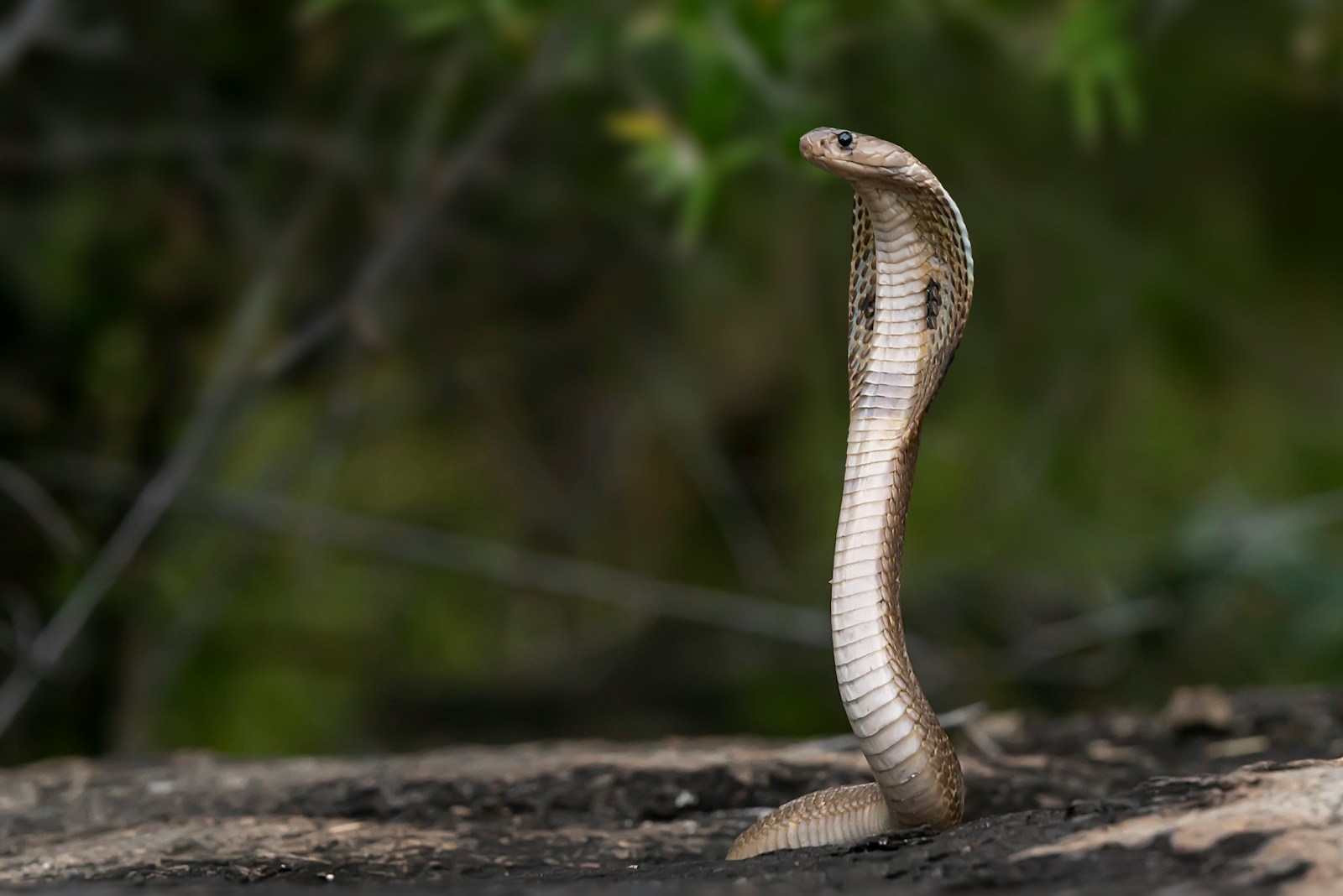
The question of whether snakes dream connects to broader scientific debates about consciousness in non-mammalian species. While reptiles were historically considered to have minimal consciousness based on their brain structure, contemporary neuroscience has begun challenging this assumption. Studies of reptilian behavior reveal complex decision-making, learning abilities, and in some species, rudimentary forms of social cognition that suggest higher levels of awareness than previously acknowledged. The Cambridge Declaration on Consciousness, signed by a prominent international group of neuroscientists in 2012, explicitly acknowledged that non-mammalian animals, including birds and some invertebrates, possess consciousness and awareness. Although this declaration didn’t specifically address reptiles, it reflects the scientific community’s evolving understanding of consciousness as potentially existing across diverse brain architectures, supporting the possibility that snakes might experience subjective states during sleep that could be considered dream-like.
Comparing Snake Sleep to Other Reptiles
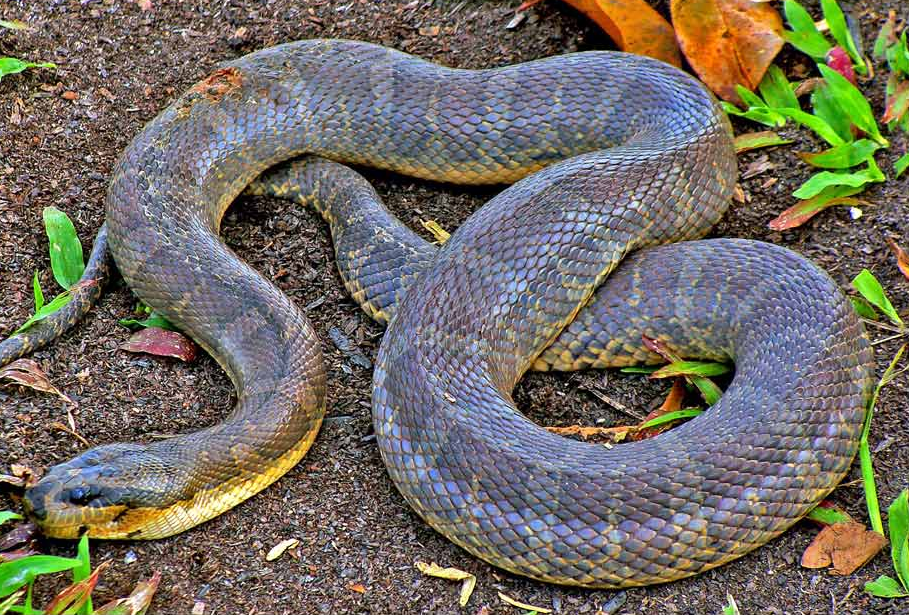
Within the reptile class, sleep patterns and potential dreaming capabilities vary considerably, providing comparative insights for understanding snake sleep. Bearded dragons have received particular scientific attention, with 2016 research from the Max Planck Institute identifying sleep states with REM-like characteristics in these lizards. These states included rapid eye movements, muscle twitching, and brain activity patterns that shared features with mammalian REM sleep, although they were much shorter in duration. Turtles have also demonstrated distinct sleep states with some characteristics reminiscent of both slow-wave and REM sleep in mammals. Crocodilians, the closest living relatives to birds, show the most complex sleep patterns among reptiles, with relatively well-defined sleep states that more closely resemble those of birds and mammals. Snakes, being highly specialized reptiles, may possess sleep patterns that differ from these better-studied reptile groups, but the evidence from related species suggests the possibility of at least primitive dream-like neural activity during sleep.
Expert Perspectives on Snake Dreams
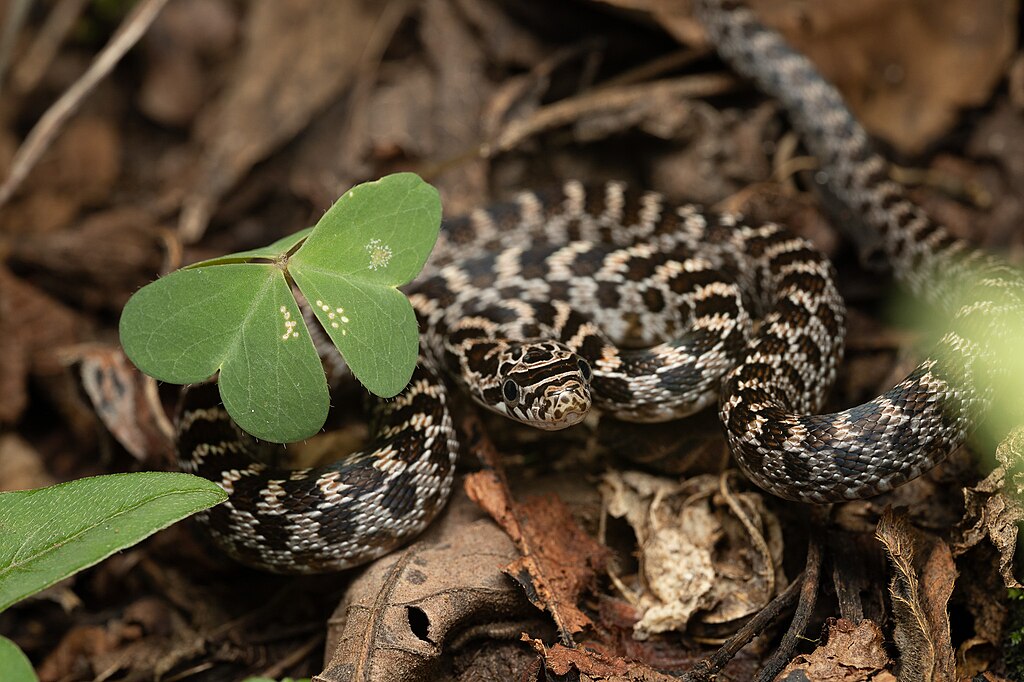
The scientific community remains divided on whether snakes experience dreams, reflecting the limited research specific to ophidian sleep. Dr. Gordon Burghardt, a pioneer in reptile cognition research, suggests that while snakes likely don’t experience narrative dreams like humans, they may have “primitive dream-like states” involving the replay of sensory experiences or behavioral sequences. Neurobiologist Dr. Paul-Antoine Libourel, who has studied sleep across diverse animal groups, proposes that all vertebrates, including snakes, might experience some form of neural replay during sleep that serves memory consolidation functions. However, herpetologist Dr. Harry Greene cautions against anthropomorphism, noting that whatever mental states snakes experience during sleep would be fundamentally alien to human consciousness, adapted to their unique sensory world dominated by chemical and infrared information rather than visual imagery. These expert perspectives highlight both the possibility of snake dreaming and the importance of recognizing that such experiences would differ dramatically from human dreams.
Implications for Snake Care and Welfare
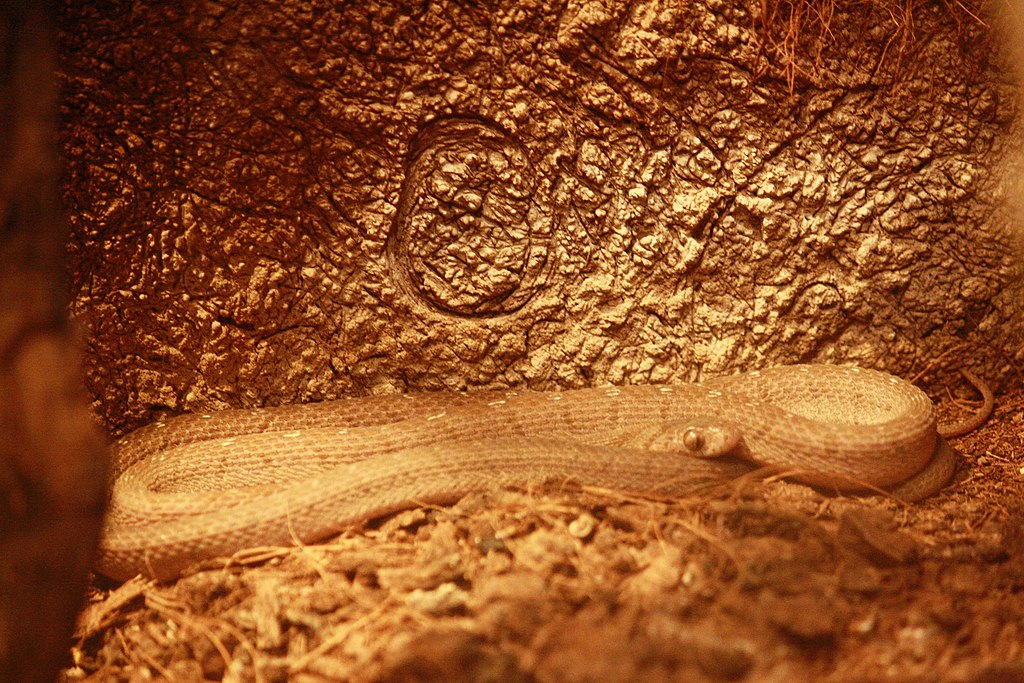
Understanding snake sleep and potential dream states has practical implications for snake welfare in captivity. If snakes do experience dream-like states that serve important biological functions like memory consolidation or behavioral rehearsal, then ensuring they can achieve proper sleep becomes an important welfare consideration. Captive environments should provide secure hiding spots where snakes can rest undisturbed, with appropriate temperature gradients that allow them to regulate their metabolism for optimal sleep. Light cycles should mimic natural patterns to support normal circadian rhythms, which regulate sleep-wake cycles in most animals including reptiles. Snake owners should also minimize unnecessary disturbances during periods when their snakes appear to be resting deeply, as interruptions might disrupt important sleep processes. These considerations remain relevant regardless of whether snakes dream in the human sense, as quality sleep appears fundamental to the health of all complex animals.
The Future of Research on Snake Dreams

Advancing technology promises to shed new light on the mystery of snake dreams in coming years. Miniaturized, wireless EEG monitoring systems may soon enable researchers to record brain activity in freely moving snakes without causing stress that could alter natural sleep patterns. Advanced neuroimaging techniques like functional magnetic resonance imaging (fMRI) adapted for reptilian subjects could potentially map brain activity during different sleep states, revealing whether regions associated with sensory processing or memory become active as they do during mammalian dreams. Comparative genomics approaches examining the expression of genes associated with sleep regulation across species may identify shared mechanisms underlying sleep and dreaming across vertebrates. As these research tools develop and scientific interest in comparative sleep biology grows, we may finally answer the intriguing question of whether the silent, seemingly inscrutable snake experiences its own version of dreams during its rest periods.
While science cannot yet definitively answer whether snakes dream, the evidence suggests they may experience some form of neural activity during sleep that serves functions similar to dreaming in mammals. Their sleep certainly differs dramatically from ours—lacking the complex narrative structures and vivid imagery that characterize human dreams—but may nonetheless include primitive forms of sensory replay, memory consolidation, or behavioral rehearsal. As research continues to illuminate the mysterious world of reptilian consciousness, we gain not only a better understanding of these fascinating creatures but also deeper insights into the evolution and fundamental nature of sleep and dreams across all animals. The possibility that even the alien mind of a snake might experience dream-like states during sleep reminds us of the profound continuity of biological processes across the animal kingdom, despite the immense diversity of forms they take.

